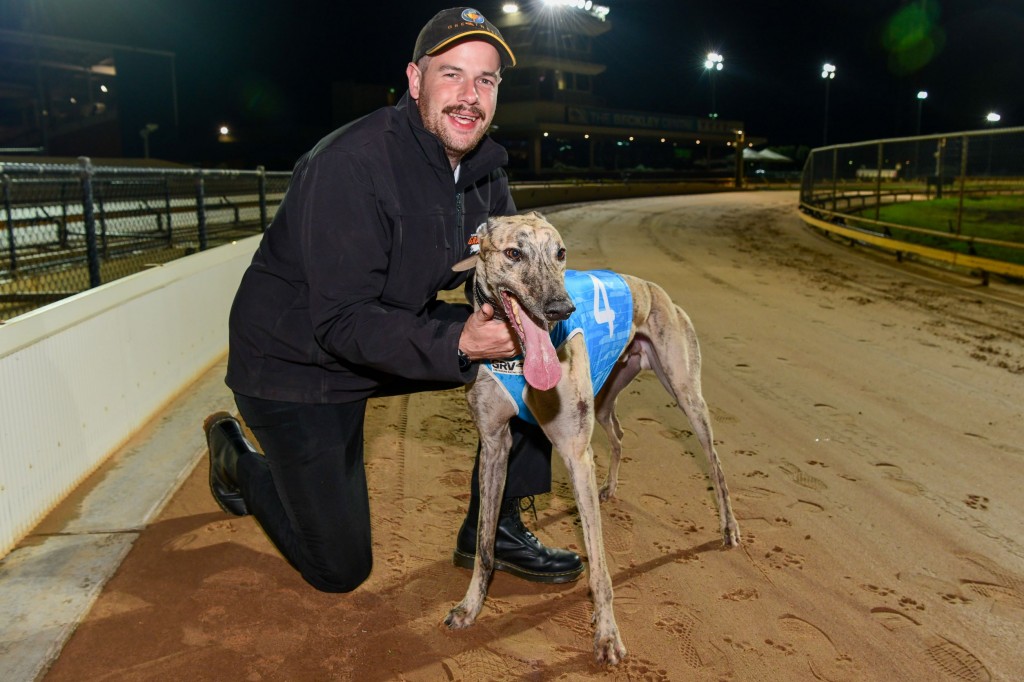The Geelong Greyhound Racing Club is urging the community to take the time to become informed about the true nature of the greyhound racing industry.
Geelong Greyhound Racing Club general manager, Ray Bartolo says whilst the Club is an entrenched part of the local community, many people don’t understand the way the industry has adapted practices to ensure the welfare of greyhounds is protected.
Mr. Bartolo wants people to understand how much work and planning goes into animal welfare.
“Many people have a strong view about Greyhound racing because they don’t understand how much time and effort goes into ensuring the safety and care of the animals.”
“It is so important to educate and break down these harsh stereotypes surrounding the sport, and especially the treatment of greyhounds in order to encourage more people to share an interest in the sport.”
“The owners absolutely love and adore their greyhounds, and they are very much a part of their owners and trainer’s families.”

Greyhounds are the only dog breed where strict and detailed welfare guidelines are protected by regulation. According to Mr. Bartolo, “Over the past six years the sport has implemented some of the tightest animal welfare policies ever seen.”
The Code of Practice for the Keeping of Racing Greyhounds came into effect in January 2020, and compliance is enforced by the Greyhound Racing Integrity Unit. The code contains strict guidelines around the transport of greyhounds, minimum exercise and housing requirements, and even hygiene standards for greyhound housing. Non-compliance with the code of practice will lead to significant fines and or disqualification from the greyhound industry. The retirement of greyhounds from a life of racing is an important part of the greyhound life cycle, and Victorian greyhounds have been protected by Local Rule 42.6 since October 2017. Any greyhound that does not have behavioral or health issues must be rehomed or retained as a pet, failure to do so is a contravention of Rule 42.6.
He says the number of greyhound injuries are far less than the injuries and deaths of other dogs and pets across Australia through accidents, sickness, injury, and mistreatment, figures show there has been a 66% decrease in euthanasia since 2017. The preparation of racing surfaces has been a focus of Greyhound Racing Victoria with the implementation of the Safer Racing Program. The collection of diagnostic data using a Going Stick, which measures track firmness, and the FieldScout TDR moisture meters to measure water content by the track curators allows for the monitoring of racing surfaces and helps in producing more consistent and safer tracks.
And he’s urging Geelong residents to find out more about the sport in general to understand the benefits it provides the local community.

Data from Greyhound Racing Victoria shows the sport delivers:
- Approximately $26.5 million in additional financial value to the City of Greater Geelong.
- The greyhound racing industry provides just under 2,900 full-time jobs throughout the state, with the Geelong Greyhound Racing Club itself employing 30 full time, part time and causal staff.
- The Geelong Greyhound Racing Club delivers a tourism boost to the region, attracting around 10,000 racegoers to its Corio club each year.
- The Geelong Greyhound Racing Club has a strong community focus, with regular contributions to charitable causes such as, the Great Chase Community Day, which has so far raised about $20,000 for aged care and disability services.
For information on the care of racing and pet greyhounds visit:
https://greyhoundcare.grv.org.au/
or
